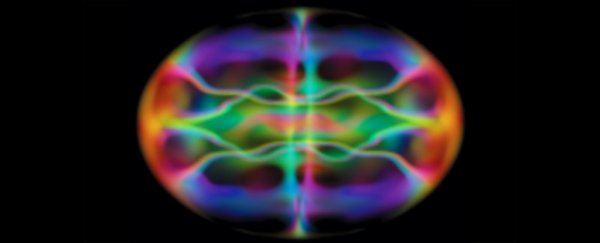Sometimes referred to as the 'fifth state of matter', a Bose-Einstein Condensate is a state of matter created when particles, called bosons, are cooled to near absolute zero (-273.15 degrees Celsius, or -460 degrees Fahrenheit).
At such low temperatures there is insufficient energy for the particles to move into positions that might cause their distinct quantum characteristics to interfere with one another.
Without differences in energy to set particles apart, the whole group comes to share the same quantum identity, effectively becoming a single 'super-particle' cloud, operating under its own rules.
How was the Bose-Einstein Condensate discovered?
In the early days of quantum physics, in the early 20th century, Indian physicist and mathematician Satyendra Nath Bose reinterpreted statistics on the relationship between light and temperature by applying recent advances in quantum theory.
On checking his thinking with Albert Einstein, Bose's new interpretation became known as Bose-Einstein statistics, a concept which became fundamental in mathematics that allows us to distinguish certain particles from one another when they are in this super-particle cloud.
Bose would also lend his name to a class of particles called bosons, which includes force-carrying members from the Standard Model of particle physics, such as photons and gluons.
Einstein extended Bose's statistics to describe not just light waves, but atomics, leading to predictions that groups of individual bosons could share quantum states as the temperature dropped.
This was finally observed in 1995 when a collection of rubidium-87 atoms - large particles that qualify as bosons - were successfully cooled to 170 nanokelvin in an experiment. Physicists Eric Cornell, Wolfgang Ketterle, and Carl Wieman each shared the 2001 Nobel Prize in Physics for their work.
All Explainers are determined by fact checkers to be correct and relevant at the time of publishing. Text and images may be altered, removed, or added to as an editorial decision to keep information current.
